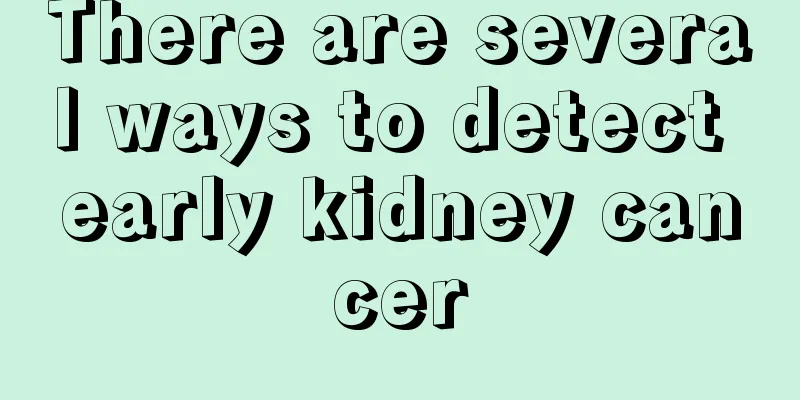What are the symptoms of cerebral infarction?

|
Many recent data show that cerebral infarction occurs in many patients, regardless of age. We need to learn more about this disease that troubles us. Because we may not pay attention to the details in our daily lives, this disease may occur, which is a very serious situation. Especially for young people, who are under great pressure at work, if this disease occurs, it will definitely affect their life, work and study. Then you must develop good living habits. So what are the symptoms of cerebral infarction? Cerebral embolism can occur at any age, but is more common in young and middle-aged people. It often occurs suddenly during activities, without prodromal symptoms. Focal neurological signs reach a peak within seconds to minutes, and are often manifested as complete stroke, with clear consciousness or mild confusion. Embolism of the internal carotid artery or middle cerebral artery trunk leads to large-area cerebral infarction, which may cause severe cerebral edema, increased intracranial pressure, and even brain herniation and coma, and epileptic seizures are common. Embolism of the vertebral-basilar artery system often causes coma. In some cases, focal signs are stable or improved for a period of time and then worsen, indicating recurrence of embolism or secondary bleeding. About 4/5 of cerebral embolism occurs in the anterior circulation, especially the middle cerebral artery, with hemiplegia, hemisensory disturbance, aphasia or focal epileptic seizures. Hemiplegia is more severe in the face and upper limbs. The vertebral basilar artery system is affected in about 1/5, with symptoms such as dizziness, diplopia, crossed paralysis or quadriplegia, ataxia, coughing when drinking water, dysphagia and dysarthria. Embolism entering one or both posterior cerebral arteries causes homonymous hemianopsia or cortical blindness. Embolism of the main basilar artery causes sudden coma, quadriplegia or basilar artery tip syndrome. Most patients have rheumatic heart disease, coronary heart disease and severe arrhythmias, or embolic sources such as heart surgery, long bone fractures, and intravascular interventional treatment, as well as signs such as pulmonary embolism (shortness of breath, cyanosis, chest pain, hemoptysis and pleural friction rub, etc.), renal embolism (low back pain, hematuria, etc.), mesenteric embolism (abdominal pain, bloody stools, etc.), and skin embolism (bleeding spots or ecchymosis). Through the above content, we understand the symptoms of cerebral infarction. The occurrence of this disease is closely related to our lives, so we should pay more attention to eating habits, not staying up late often, develop good habits of using the brain, not have too much pressure, maintain a good mood, and regularly do outdoor sports or travel, which are good for the body. |
<<: What symptoms can cause vomiting?
>>: Is vulvar leukoplakia easy to cure in the early stages?
Recommend
What factors are related to prostate cancer?
What factors are related to prostate cancer? Pros...
What are the symptoms of eczematous otitis externa?
Eczema refers to an allergic polymorphic dermatit...
Can I take a bath after having chickenpox
It is inevitable for children to get chickenpox. ...
What are some of the misunderstandings in brain cancer diagnosis
Brain cancer is a central nervous system tumor th...
Acute attacks of bronchial asthma often have these three manifestations
Some people always experience chest tightness whe...
Kidney cancer symptoms may appear in different ways
The most common disease in the oncology departmen...
How to distinguish birthmark hemangioma
When it comes to birthmarks and hemangiomas, many...
How to eliminate forehead wrinkles
If a person's skin is in a dehydrated state f...
What should liver cancer patients eat on a daily basis? Five dietary principles for liver cancer patients to pay attention to
What should liver cancer patients eat? Many peopl...
What should I do if I have pain in my right thigh bone?
The hip bone is a relatively important skeletal c...
Many people have misunderstandings about osteosarcoma common sense
Many people are not familiar with osteosarcoma an...
How heritable is glioma
Modern people say that if you have any disease, e...
What is the effect of applying sesame oil on the face
Sesame oil has a fresh and fragrant flavor. It is...
How to solve spring fatigue
Many people will feel tired in spring, and they w...
What are the symptoms of brain metastasis from small cell lung cancer
If the lesions of brain metastasis occur in impor...









